In our modern day and age, social media is one thing you can not escape. In 2023, about 4.9 billion people around the world used social media. In the US, people on average have 7.1 social media accounts. Compare this to the 2023/2024 season Broadway attendance, which is 12.3 million. With so many people using social media and attending Broadway shows, it is unsurprising that these two entertainment giants often cross over.
In the US alone, there are 121.5 million TikTok users. Overall, there are 34 million TikTok videos posted globally. And as of 2023, 84.63% of TikTok videos posted include music. So, statistically speaking, it should not be a surprise that certain musical theater songs have become popular on the platform. Big Fun from “Heathers,” We Know and Say No To This / The Reynolds Pamphlet from “Hamilton,” What I Know Now and Say My Name from “Beetlejuice the Musical,” Carnaval Del Barrio from “In The Heights,” and both Don’t Lose Ur Head and All You Wanna Do from “SIX” are some of the popular musical theater songs on TikTok. A lot of the time, the people using these sounds seem completely oblivious to where these sounds come from, but, to see if this is true, I decided to poll the SSFS community on their knowledge of musical theater sound bites. I asked every person who filled out the survey how much they consider themself a fan of theater, what social media apps (if any) they use to watch content, and asked them if they recognized 6 different sets of lyrics that are part of popular sound bites on TikTok and are also from musicals. I included shows that could be considered less known to try and avoid the possibility of them knowing the lyrics from having heard or seen the show. Last, I asked how many of the lyrics they knew because of reasons outside of social media. Most said that they were on a 3-4 on a scale of 1-5 when it came to how much they liked theater, with no one saying they weren’t a fan of theater.

Most people put down YouTube as one of the social media platforms they use (88.2%), followed by Instagram (73.5%) and TikTok (50%). Most people didn’t recognize lyrics from “The Great Gatsby Musical” and “Bring It On,” with only 23.5% of people recognizing the two shows. However, I feel like this makes sense, as “Bring It On” is a fairly obscure musical even if it is popular on TikTok, and with “Gatsby,” it is a fairly new show and the trend involving the show revolves around its dance moves and not the lyrics. The show with the next highest recognition was “Beetlejuice the Musical,” with 48.5%. This percentage is lower than I expected, considering the fact that it made TikTok’s Billboard Top 50 at the 46th spot around the time that “Beetlejuice Beetlejuice” came out. The numbers may have been lower than expected because there are multiple popular songs from “Beetlejuice the Musical” on TikTok, and the song I used in the form, “What I Know Now,” is not the most popular-that title goes to “Say My Name.” After this, “Six: The Musical” is the next most popular with 58.8% recognition, followed by “Heathers The Musical” with 70.6%, and finally, the most recognized musical on the form was “Hamilton,” with 87.9% recognition. This makes sense, as it is considered one of the most popular musicals currently on Broadway and it is a cultural phenomenon. Overall, most people said yes when asked if social media is the reason they recognized any of these songs, with 22 people saying they new 1+ songs because of social media.
Besides trends, TikTok is also a space that fosters a community of like-minded artists, and the platform has even led to the creation of a fully fleshed out musical. On Aug. 10, 2020, TikTok content creator Emily Jacobsen uploaded a clip to TikTok of an ode to Remy, the main character of the Pixar film, “Ratatouille.” After it got a good amount of attention, composer and TikTok content creator Daniel Mertzlufft picked the song up and created his own version of it with orchestration. This song sparked the imagination of thousands of TikTokers, leading to the creation of new original songs, costumes, set designs, and choreographed dances. On December 9th, 2020, it was announced that “Ratatouille” would be developed into an online musical and streamed on January 1st as a fundraiser for the theater charity The Actors Fund. The show was directed by Lucy Moss, the creator of “SIX: The Musical” and produced by Jeremy O. Harris, the creator of “Slave Play.” The cast had Broadway stars such as André De Shields, Andrew Barth Feldman, and JJ Niemann (who has a following of 1 million on TikTok). Given the fact that it usually takes years to create a musical, it is nothing short of amazing that thanks to the collaboration of online users, a musical was essentially created within less than a year.
:max_bytes(150000):strip_icc()/RAT_001_PA_TODAY_TIX_ASSETS_V4_1080x1080_Instagram-467c705135e343cfb975fcce58fed020.jpg)
“Beetlejuice The Musical,” based on the 1988 movie of the same name, was brought to the Winter Garden Theatre on April 25th, 2020. When it came to reviews, the opinions of traditional newspapers were mixed. But online was a much different story. The show’s popularity erupted on TikTok, with popular songs from the show including “Say My Name,” “Girl Scout,” and “Day-O (The Banana Boat Song).” These songs led to many different types of videos, with duets and cosplays being the most popular. Stars of the show Alex Brightman, who played Beetlejuice, and Presley Ryan, who was part of the ensemble and Lydia’s understudy (and eventually took on the role of Lydia) also helped boost the popularity of the show by taking part in these trends on Ryan’s TikTok account, leading to her account gaining hundreds of thousands of followers.

Despite the show’s popularity and it often grossing more than $1 million a week, it did not hit its contractional stop clause two weeks in a row, leading the Shubert Organization, the owners of the Winter Garden Theatre, to enforce an eviction of the show so that a revival of “The Music Man” starring Hugh Jackman and Sutton Foster could take its place. The show was meant to end its run in June of 2020, but because of Covid-19, “Beetlejuice” was forced to end in March of 2020. However, thanks to the show’s extreme popularity online, Warners Bros. felt confident moving forward with reviving the musical. So, only two years later in 2022, “Beetlejuice The Musical” came back to life in the Marquis Theatre, and proceeded to close with 27 previews and 366 performances at the Winter Garden Theatre and 313 performances at the Marquis Theatre. The show is currently on tour with Justin Collette and Isabella Esler leading the cast. “Beetlejuice The Musical” is a good example of how in the digital age, positive reviews from newspapers are much less influential when it comes to how long a show lasts on Broadway. Now, the opinions of people on social media matter more than they did before.
However, TikTok is a fairly new app, only gaining popularity in 2020, and social media had been saving shows long before then.
“Be More Chill,” based on the book of the same name by Ned Vizzini, follows Jeremy Heere, an average high school student who, in his desperation to be popular, takes a supercomputer pill, only to later learn that his SQUIP (the AI in the pill) plans to take over the world. The show opened in a regional theater in New Jersey, proceeding to run for only a month before closing. The show, much like “Beetlejuice the Musical,” had mixed responses from critics, but the internet loved it. When the cast recording came out, the show developed a group of die hard fans who related to the themes of alienation and not fitting in, and, by sharing the album with others on social media, refused to let it die. Because of how popular the show had gotten, the creators and Tony-nominated producer Jerry Goehring decided to give the show a limited off-Broadway run. They wanted to test if the show’s popularity would translate into ticket sales, and Goehring told Fast Company that, “We had $300,000 in sales the very first day off-Broadway, with zero advertising.”

The entire run had sold out by opening night, and eventually transferred to Broadway, all thanks to social media. The show closed on August 11, 2019 after performing 23 previews and 168 performances. This was a relatively short run, but given the fact that the show only made it to Broadway thanks to its dedicated fan base, is impressive. “Be More Chill,” along with “Dear Evan Hansen”, another show about teenagers wrestling with their identities, managed to succeed by connecting specifically with younger audiences through both their themes and the show’s own social media accounts.
“Hamilton” was first introduced to the world through a video of the cast performing the opening number at the White House, so it was essentially born on the Internet before it even got an actual theater. This led to fans being able to develop a connection with the show before it even came to the stage, which helped boost ticket sales, with the first show’s preview being sold out, which is uncommon given that previews are usually performed for friends and family of the cast, producers, and members of the industry. Lin-Manuel Miranda started a “Hamilton” tradition for the ‘Hamilfans’ who showed up to the box office to try and win lottery seats (basically a normal lottery but instead of winning money you win really cheap tickets) for performances. The first time lottery seats were sold, more than 700 people showed up, and because he was moved by the amount of people who had come, he created Ham4Ham performances-a short performance on the sidewalk with other castmates and Broadway people in front of the box office before the lottery seats went up for sale. Nowadays, the “Hamilton” YouTube channel has 127 videos under the Ham4Ham playlist. This is both an example of how social media also provides free content of shows that might be too expensive for people to see live and of new shows coming to Broadway and creating a space for fans of the show to talk and share their love for the production. Even though the ticket price currently is in between $179 – $849, Ham4Ham provides free performances by the actors. Along with this, in less than a year after “Hamilton” started in 2016, Lin-Manuel Miranda, who at the time was playing the lead Alexander Hamilton, tripled his Twitter following thanks to his communication with fans, replying to fan works, and giving fans a behind-the-scenes look at the show.

Social media has led to musical theater being more accessible to others. But it has also led to some legally-questionable filmings of shows done by fans nicknamed ‘slime tutorials’. But these bootlegs have led to people assuming that these filming leads to people not wanting to see the shows. However, the opposite seems to be true. Two Broadway producers, recognizing that digital viewing of shows would not replace the actual experience of a show but instead would foster a desire to see the show live, launched BroadwayHD, a streaming service with recordings of older Broadway shows. Theaters also have used other people posting on social media as a way to promote their show. Certain theaters back in 2011 created Tweet seats where people were encouraged to use social media, which was particularly effective for classical music organizations. In 2013, several theaters in the UK went as far as to live stream productions for people in the US to watch. But, for the best evidence, you just have to look to “Hamiton.” When the “Hamiton ” pro shot premiered on Disney+ on July 3, 2020. That weekend, the Disney+ app was downloaded 752,451 times nationally. This is 46.6% higher than the global average in the four weekends leading up to this. When the pro shot for Hamilton premiered, it seemed to have not diminished people’s desire to see the show, instead increasing the demand for tickets. Lin-Manuel Miranda told CNBC after the “Hamilton” pro shot was released, “It forever demolishes the idea that a beautifully shot version of your show diminishes the demand to see it live…In all of our estimations, it’s only amplified the demand to see Hamilton live.” A more recent example of this is how “Merrily We Roll Along,” a revival of the Sondheim musical, starring Tony-winners Jonathan Groff and Daniel Radcliffe and Tony-nominated Lindsay Mendez, have been revealed to be getting its own pro shot, with filming being done by RadicalMedia, the same production company behind the pro shot of “Hamilton.”
Now, pro shots are expensive, and often only are created if the show is extremely popular, so they are not too common. But, between how well pro shots do and the amount of bootlegs online that have not seemed to have had much effect on how much a show makes, it’s clear that this idea that having too much content of a show leading to less people seeing the show seems to be untrue, at least in most cases.
A more recent example of a show fully embracing social media and blowing up because of it is “The Great Gatsby.” Popular musical adaptation of the famous F. Scott Fitzgerald book of the same name started at the Paper Mill Playhouse last fall in Millburn, New Jersey. The show was already bound to be popular amongst musical theater fans, thanks to the cast being led by Broadway stars Jeremy Jordan, who is most well known for his role as Jack Kelly in Newsies the Musical and stars in “Gatsby” as Jay Gatsby, and Eva Noblezada, known for her role of Euridyce in “Hadestown” and leads “The Great Gatsby” as Daisy Buchanan. But it has managed to reach past that demographic by fully accepting social media and using it to the show’s benefit. “The Great Gatsby” brought on Katharine Quinn to be their social media manager. Quinn has a social media presence outside of running the Gatsby social media pages, and has 77.2 thousand followers on TikTok, along with having both Instagram and YouTube accounts. She gets the cast involved in the content, especially Jordan and Noblezada, by doing dressing room interviews and answering fan questions, thus creating a connection between fans and stars. Along with this, “The Great Gatsby’s” production team invited about 40 influencers to an invite-only party with members of the cast to celebrate the release of the cast album, which would come out the next day. This was their attempt to draw in a younger and more diverse audience, which is something the theater industry at large is attempting to do post-COVID-19, especially when it comes to new musicals without big names to draw crowds. Carly Heitner, who helped manage influencer invites for the event, said, “We want to get influencers in the door to see something like ‘Gatsby’-and hope they like it…So when we invite them to the next thing, like ‘Suffs,’ they’re open to it and can appreciate it and will bring audiences to Broadway.”

Other shows have been doing marketing like this, with the shows “Jaja’s African Hair Braiding” and “Mary Jane” both hosting similar influencer events. Because of that every influencer there posted about the show and The Manhattan Theater Club, the nonprofit producer of both shows, saw a 45% increase in ticket sales for these shows after these events. But let us return to Gatsby, specifically what that influencer event was about-the cast album. Once the cast album for “The Great Gatsby” came out, the songs blew up online, especially on TikTok. The show’s two most popular songs online are ‘New Money’ and ‘Only Tea.’ ‘New Money’ has spawned many videos of creators attempting the song’s choreography, and ‘Only Tea’ is known for Jordan’s line “Today’s the day!” ‘Only Tea’ has also been used in TikToks by Olympic athletes and the Russo Brothers. Overall, the show has fully embraced the modern age of social media, much to its benefit-as of July 28th, 2024, “The Great Gatsby” has grossed $1.27 million since transferring to the Broadway Theater in the New York theater district, and both Jordan and Noblezada have gained a lot of new followers from after joining the cast of “Gatsby”-75,000 and 20,000 Instagram followers respectively.
With all of this content available to the public, such as backstage vlogs by Broadway.com and official social media accounts, it is not much of a surprise that the average person has a lot more accessibility to Broadway actors than Hollywood stars. It leads to less alienation and fans continuing to support actors and actresses from their favorite musicals even once they’ve moved on, going to see them in other shows. But, sometimes, it leads to these actors being put in dangerous positions with fans. A few examples include Beetlejuice’s Alex Brightman receiving an online death threat telling him not to stagedoor that day, causing the entire cast to not be able to come out and interact with the fans that day for fear of their own safety; Brandon Urie having to stop stagedooring at “Kinky Boots” because he was being harassed by unruly fans; Lin-Manuel Miranda being chased multiple blocks by fans following his car’ Idina Menzel, the original Elphaba in “Wicked”, being grabbed at the stage door while trying to get into her car; Brandon Victor Dixon, who at the time was the actor playing Aaron Burr in “Hamilton”, after delivering a speech on behalf of the cast to Mike Pence, who was in attendance and had just been elected vice president in November 2016, getting hundreds of death threats.
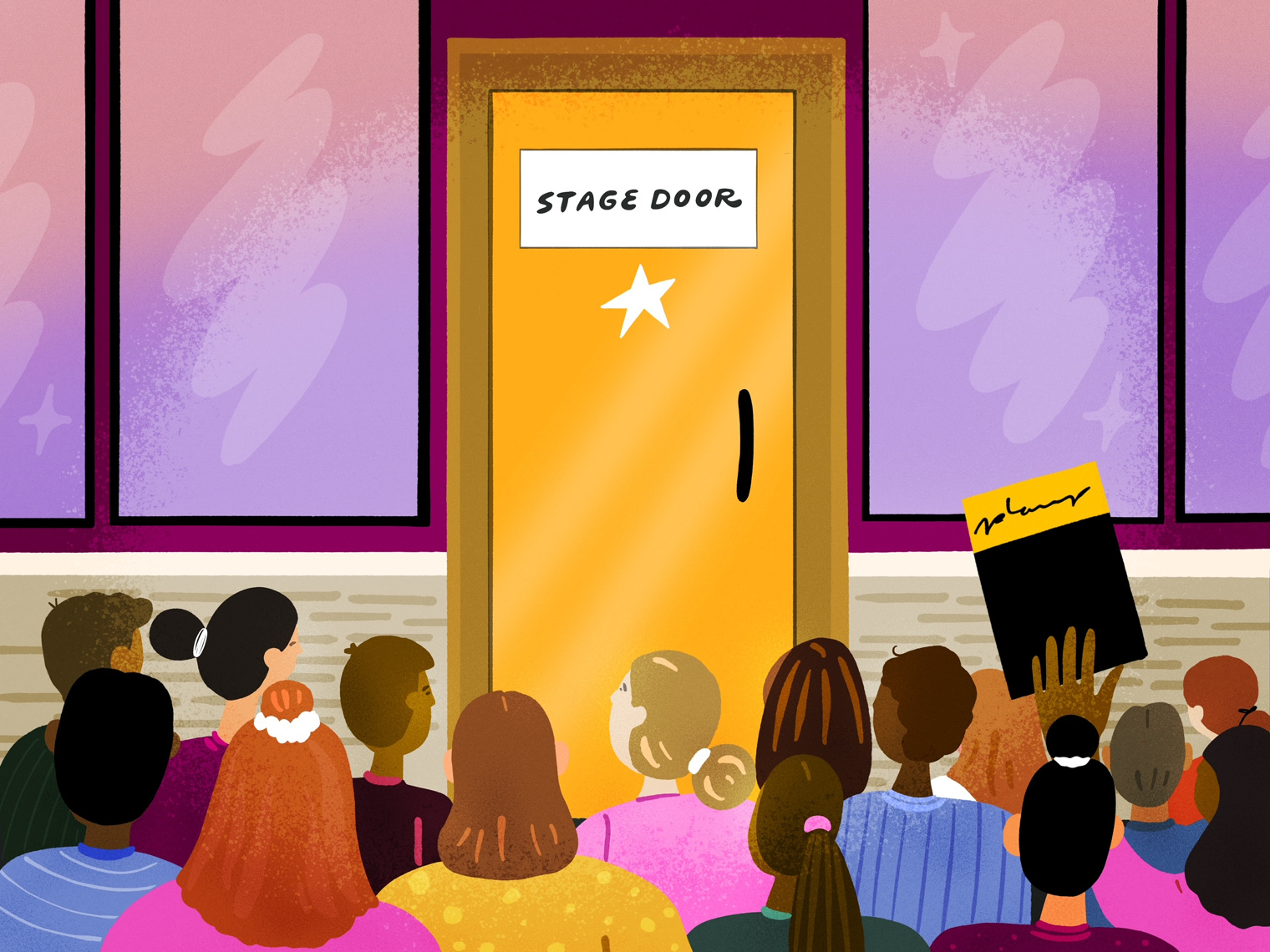
Symbiosis is a close, prolonged connection between two species, typically to the benefit of both of them. In a way, musical theater and social media have a symbiotic relationship. Musical theater helps social media by giving them new trends for their users to do, and social media helps musical theater by promoting their shows and sometimes even coming to their aid. The relationship benefits almost everyone, even if the relationship occasionally has negative effects. Shows and actors get exposure, and fans get to learn of new Broadway shows. Lastly, I will leave on this note: author Kyle A. Thomas says in his essay “Theatre in a Mobile World: Critiquing Convention and Calling for Innovation,” that theater, or any art form, is reliant on introducing the youngest generation to it in ways that they understand best. Thomas makes the point that social media is seen as a place where people can be their truest selves, and since what theater does best is present stories of humanity, for these stories to continue to thrive in the 21st century, the theater industry needs to incorporate social media platforms.


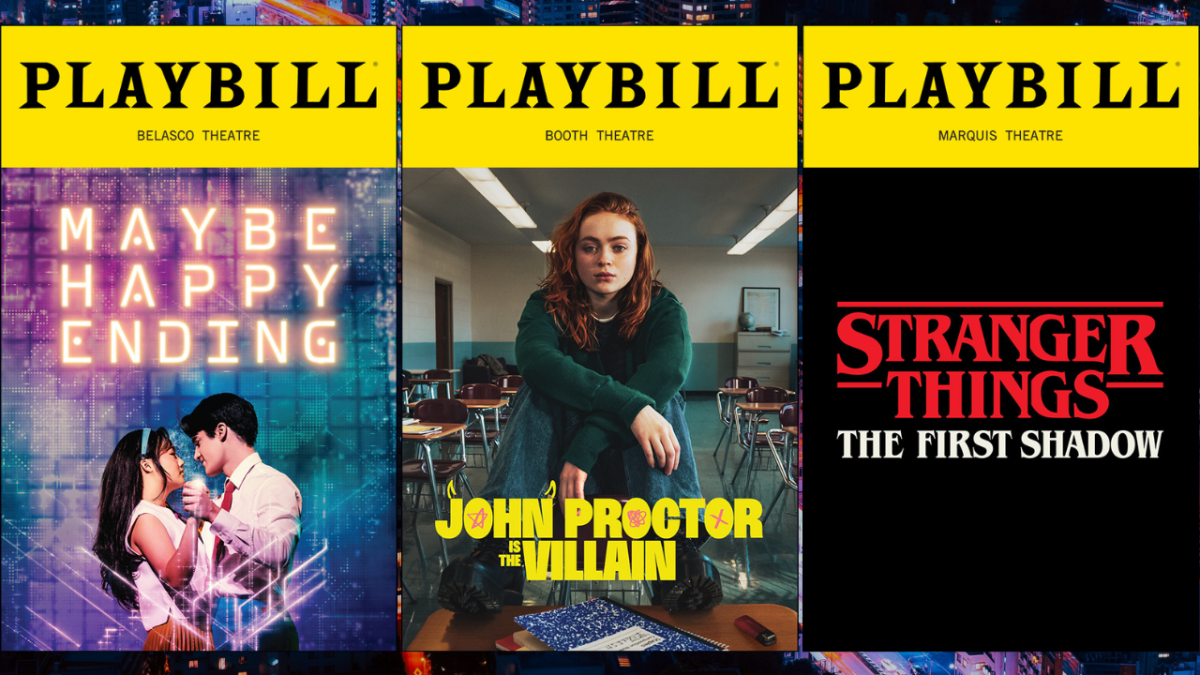
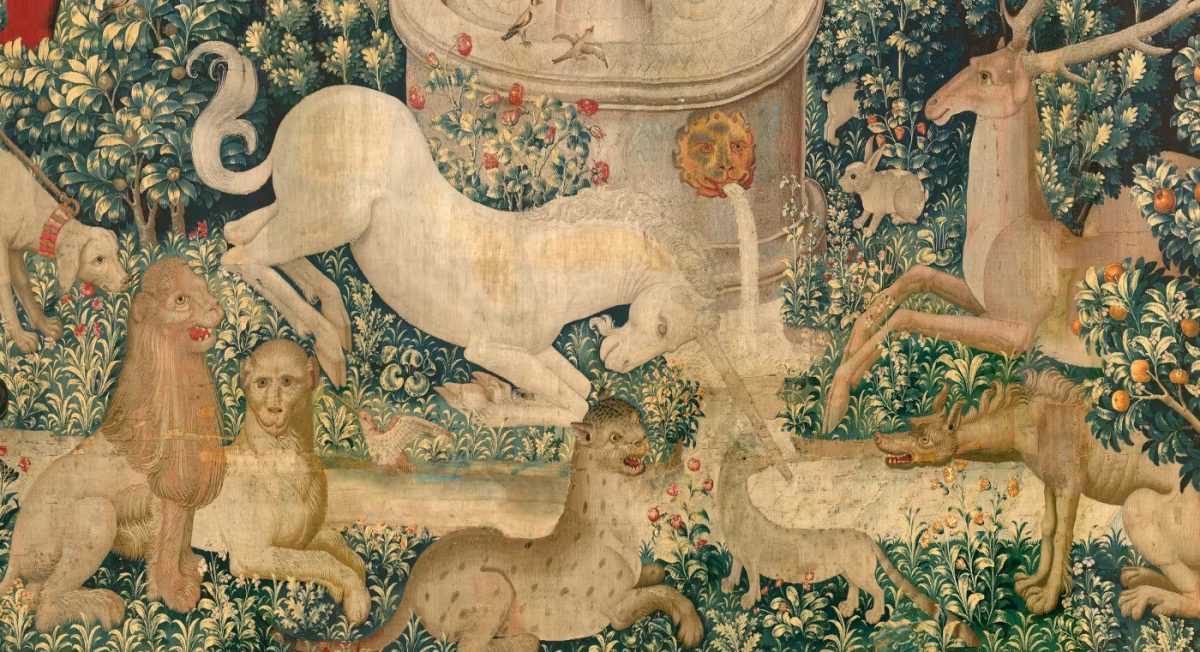
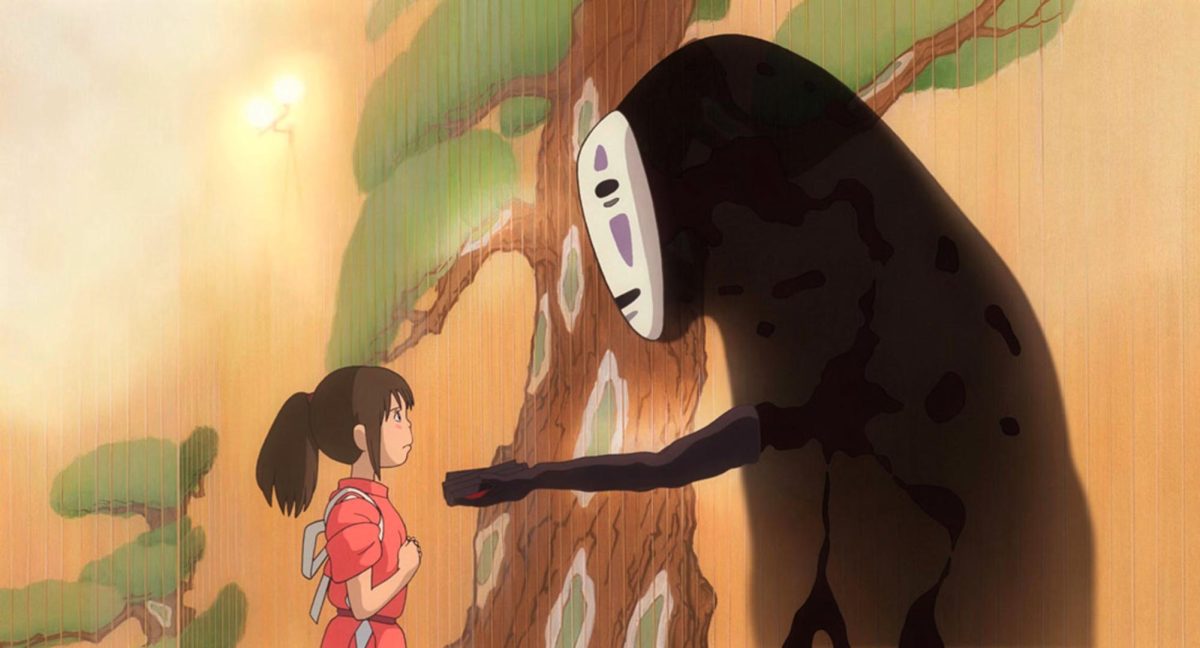
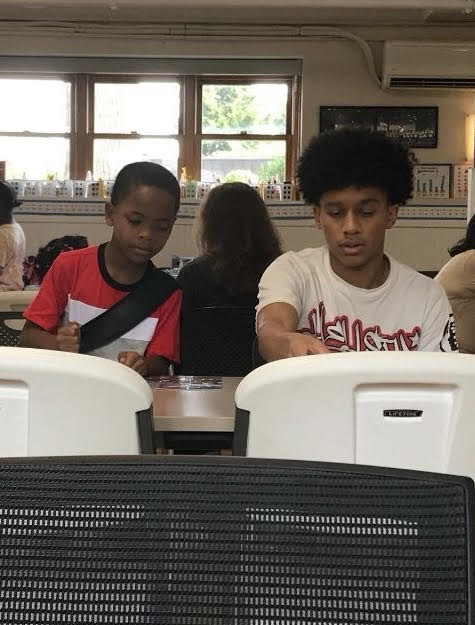
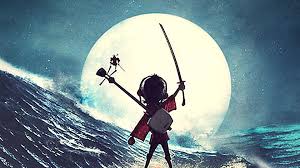
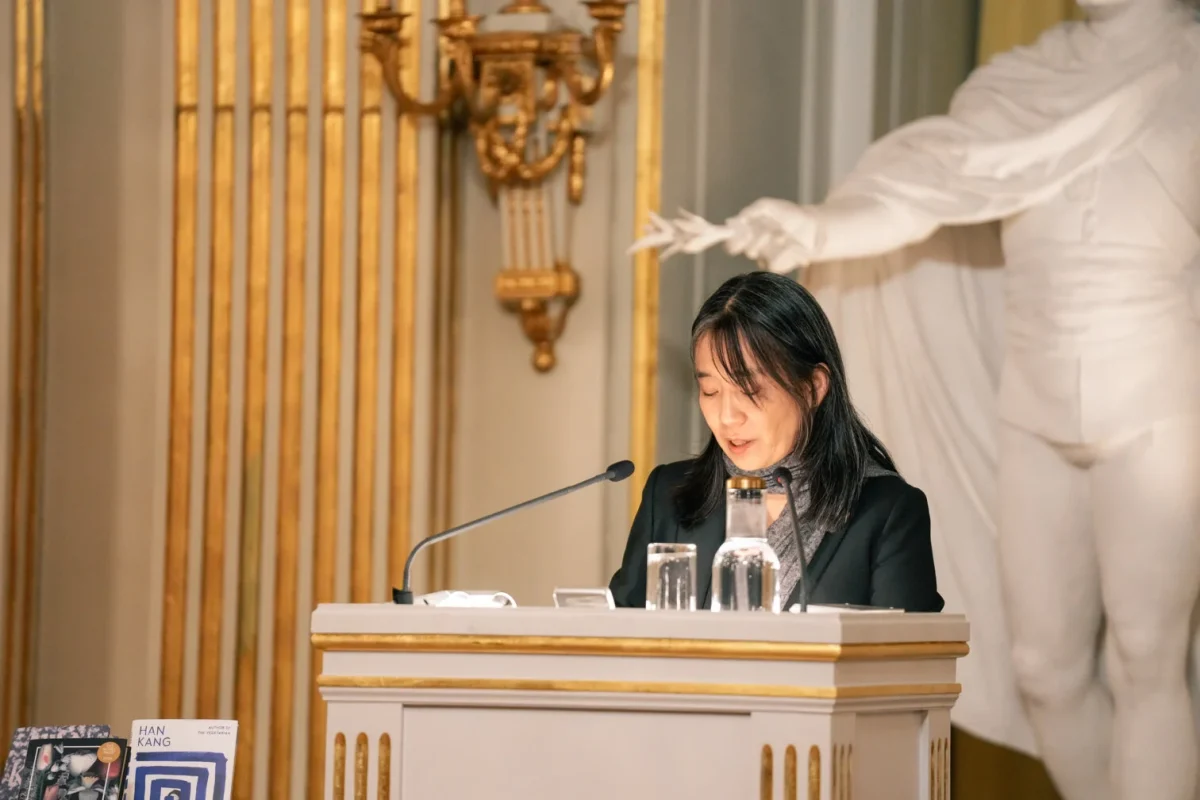
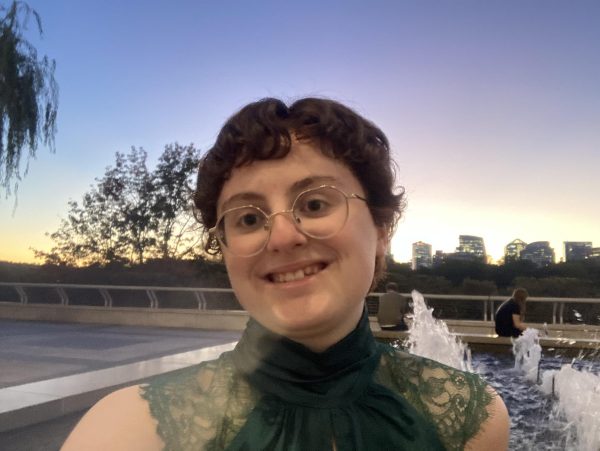
Eduardo Polón • Jan 6, 2025 at 9:28 am
Your article and accompanying poll do a commendable job of demonstrating the evolving symbiotic relationship between social media and musical theater, illustrating how both influence and amplify each other. The analysis is engaging, as it provides a clearer understanding of how platforms shape audience engagement and the reach of theatrical productions in the digital age.